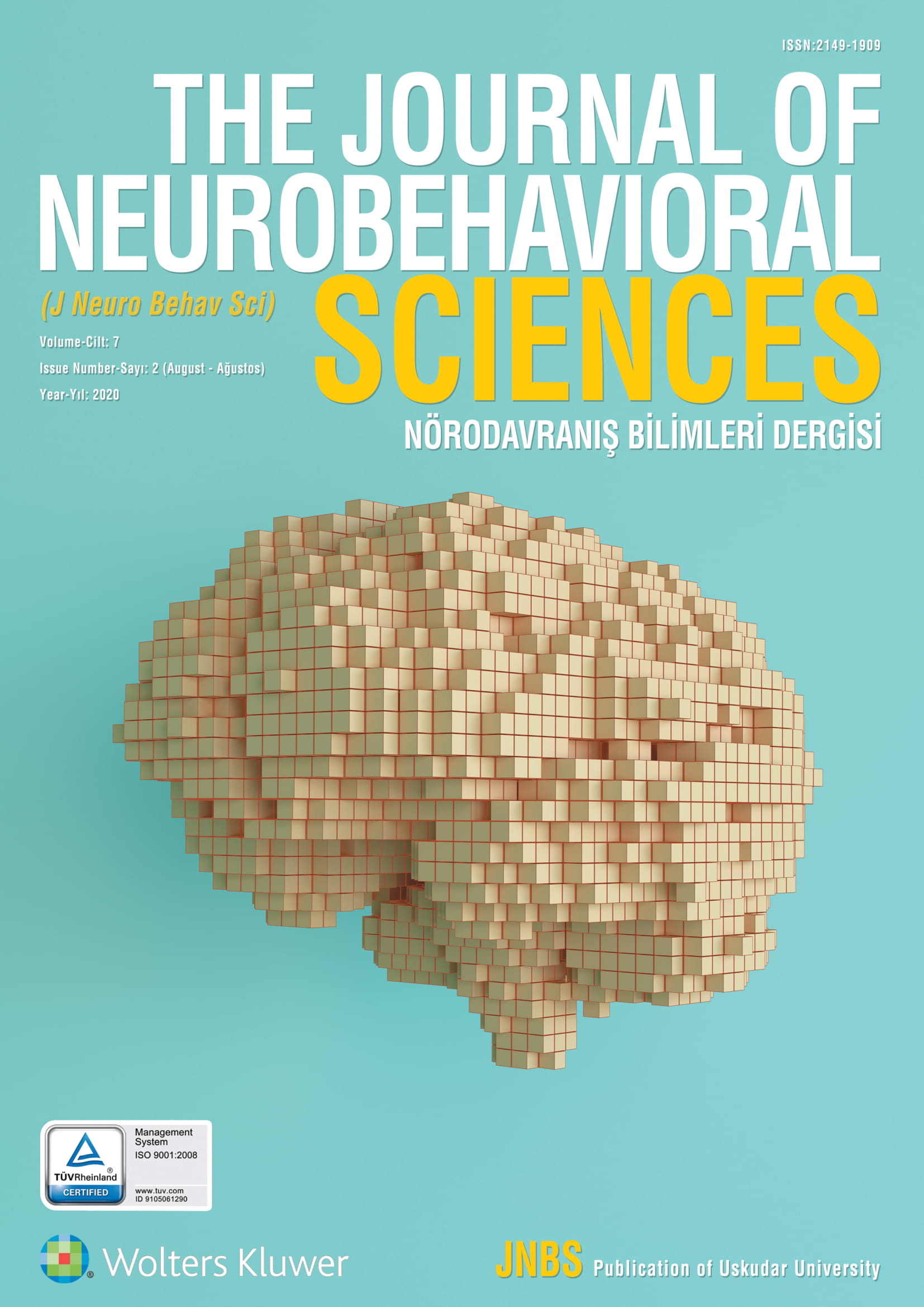
The Journal of Neurobehavioral Sciences
Yazarlar: Çağlar Uyulan , Türker Tekin Ergüzel , Nevzat Tarhan
Konular:-
DOI:10.5455/JNBS.1553607558
Anahtar Kelimeler:-
Özet: Conventional machine learning algorithms are widely used in the processing and classification of biomedical data in the literature. However, in recent years, it becomes a necessity to use a multi-layered learning network due to the increase in the resolution and quantity of the data. The concept of deep learning comprises the whole set of applications that separate sub-classes with high performance, especially in the case of the existence of multi-dimensional data and insufficient human-decision making processes. These methods have the ability to examine the inter-departmental interactions of data in depth. Deep learning is superior to conventional machine learning methods because too many observational data are learned based on increasingly complex patterns. In addition, when the data size is enhanced, superiority difference over conventional machine learning methods is remarkably increased. Electroencephalography (EEG) data can be expressed in high-dimensional, complex and spatial domains. It is suitable for analysis using deep learning-based networks as they have the potential to work with large datasets. Deep learning models developed for the analysis of EEG signals are expected to automate many repetitive cognitive tasks. This review article covers the general introduction of deep learning architectures used in the field of biomedical and neuroscience, the applications of these architectures on EEG-based analytical tasks, possible difficulties encountered and possible solutions. As a result of a detailed study, it has been seen that deep learning methods extract complex patterns in the clinical or cognitive data and present a strong method to determine the abstract relationships between different types of data. This study addresses the needs of deep learning-based applications in clinical practice and neuroscientific research and aims to provide researchers with an overview of the deep learning-based analysis methodology of EEG signals and potential challenges in future research.